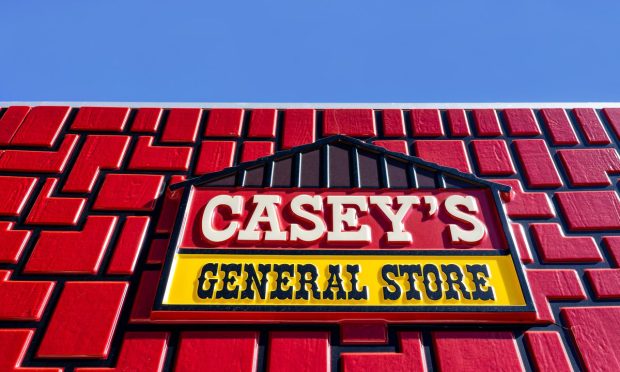Casey’s Competes With QSRs to Draw New Customers Into the Fold

As convenience retailers look to compete with quick-service restaurants (QSRs), Casey’s General Stores is seeing its pizza business bring new customers to its stores and digital platforms.
The retailer, the third-largest convenience store chain in the United States, which has more than 2,500 locations, shared on a call with analysts Monday (Sept. 11) discussing its first-quarter fiscal year 2024 earnings results that its hot food business is driving incremental sales and expanding the company’s customer base.
“So far, we’ve been really happy with the performance on the prepared food side,” Darren Rebelez, the retailer’s chairman, president and CEO, said on the call. “And … on the thin crust piece, in particular, we think about half of that has truly been incremental. … What some of our loyalty data would suggest is that about 16% of our sales were by new buyers into the pizza category — so, in other words, people that weren’t buying pizza from us before. About 12% were new guests entirely.”
Sales of the company’s restaurant-type offerings are growing faster than its retail products. Specifically, same-store prepared food and dispensed beverage sales increased 6% year over year, while grocery and general merchandise was only up 5%.
PYMNTS Intelligence revealed that many consumers are turning to convenience stores to get their meal needs met where they once may have ordered from restaurants. The report “Connected Dining: Ready-to-Eat Meals Are Eating Restaurants’ Lunch” found that 57% of consumers now purchase ready-to-eat meals at least once a month, and 28% do so once a week or more.
Additionally, the study revealed that 16% of ready-to-eat meals were purchased from convenience stores and that high-income consumers were the most likely to buy them. One in 5 such consumers earning more than $100,000 a year reported that they had bought their most recent ready-to-eat meal from a convenience store.
Across the industry, convenience stores are looking to provide competitive hot food offerings. Circle K, for instance, has a range of breakfast, sandwich, pizza, grill, bakery and snack options, and 7-Eleven not only has a wide array of food options but also a robust on-demand delivery infrastructure for this selection with its 7NOW website and app.
Competition is stiff. It is not only convenience retailers and QSRs looking to provide consumers with quick, convenient, relatively low-cost meal options. Grocers are getting in the mix as well and gaining share. Kroger, for example, has become the top sushi seller in the United States.
“The supermarket has really become where consumers get all their meals at home,” Geoff Alexander, CEO of fast-casual chain Wow Bao, told PYMNTS in an interview earlier this year. “It’s not just dining out now in restaurants. Grocery stores are finding different ways to keep people inside the store to find their next meal. Whether it’s prepared food counters or partnering with restaurants, they’re making additional opportunities for people to do one-stop shopping.”

